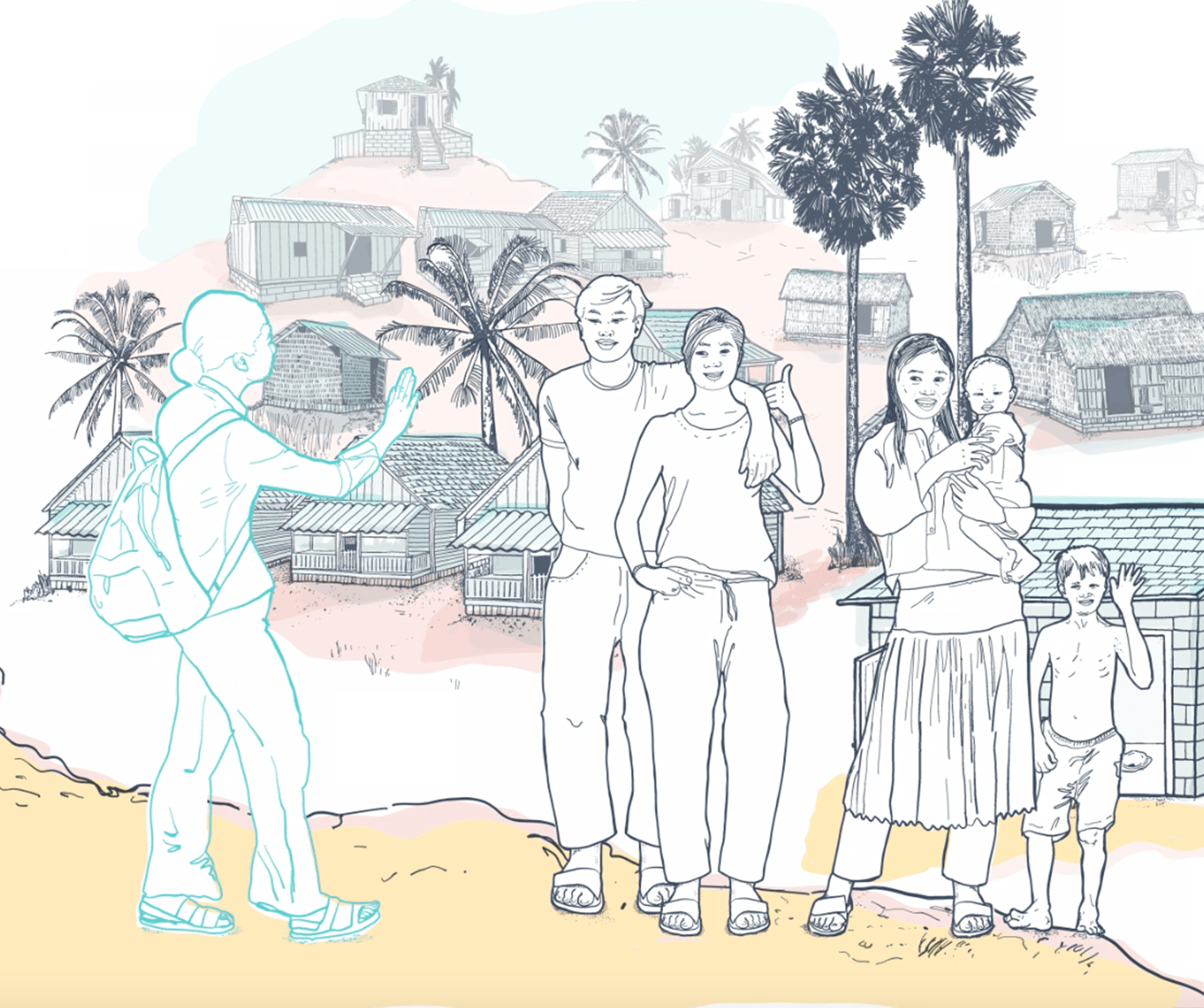How do you make soap use more exciting for kids?
How do you approach handwashing when soap is in short supply?
And can you use puppetry to increase participation in handwashing communication initiatives?
Washing one’s hands seems simple. You see how to do it on posters in bathrooms, on social media or in medical waiting rooms. You just grab the soap, turn on the tap and follow the guidance.
But what if you don’t have soap, or any clean water? What if there isn’t any guidance on the best way to wash your hands, and you’re in an environment where the handwashing facilities are unfamiliar to you?
Sometimes it takes more than three steps to wash your hands. That’s why, following our water, sanitation and hygiene (WASH) sector gap analysis, ELRHA created the Handwashing Challenge in 2016. The aim was to explore soap alternatives, create better handwashing facilities, or find new and effective ways to promote handwashing that would result in behaviour change.
Two years on, these innovations, including soap that has a dinosaur toy inside, and a soap-free supertowel, have been tested in humanitarian and emergency settings, generating vital insights into their use and potential impact.






